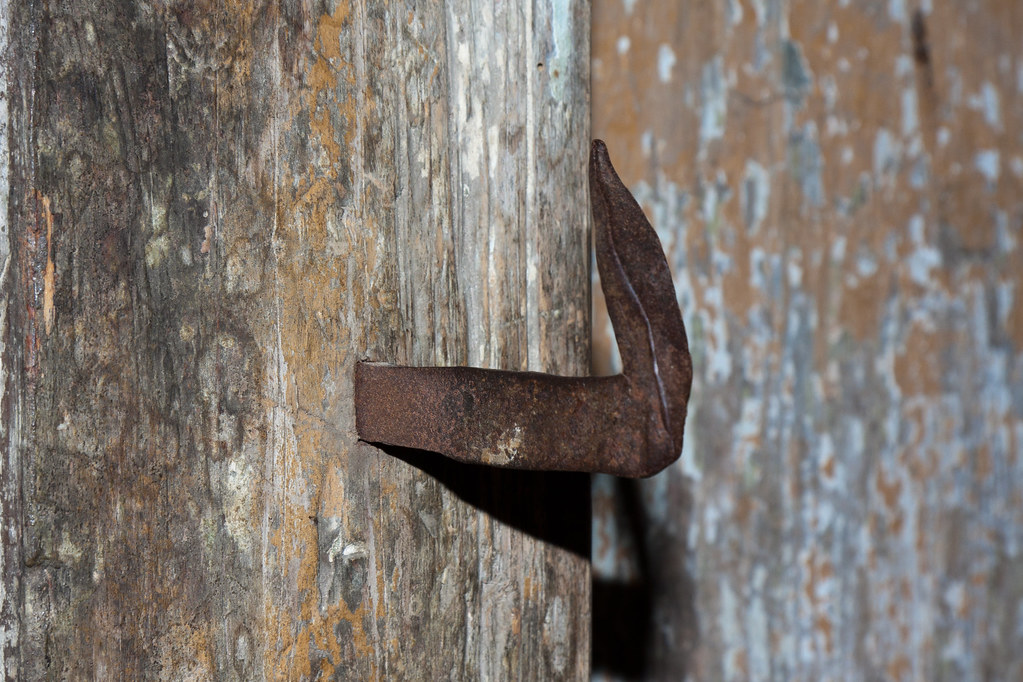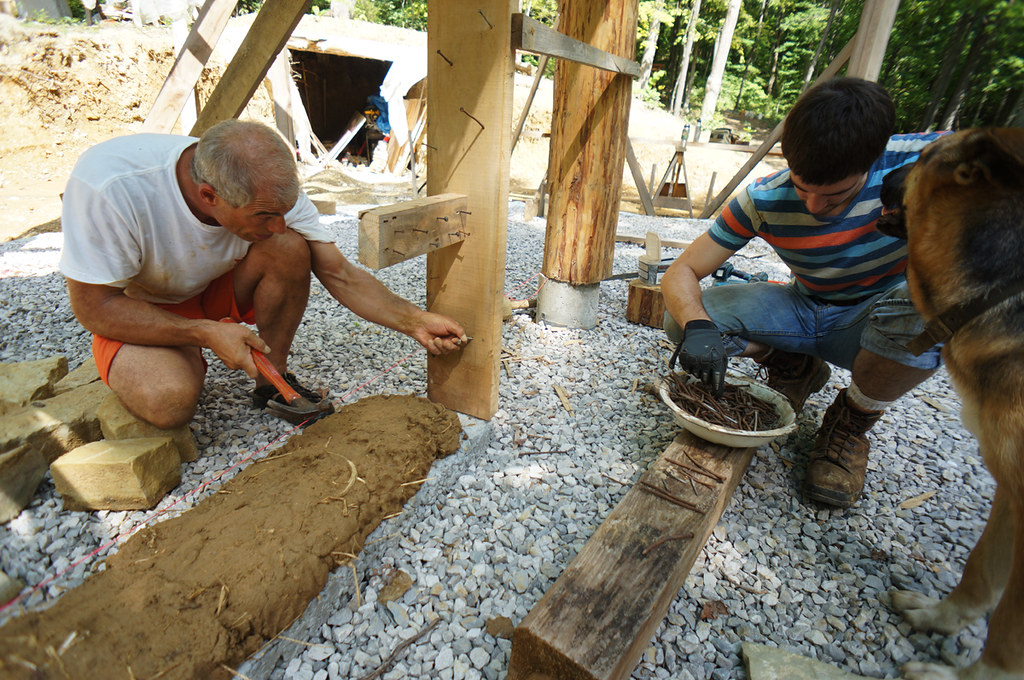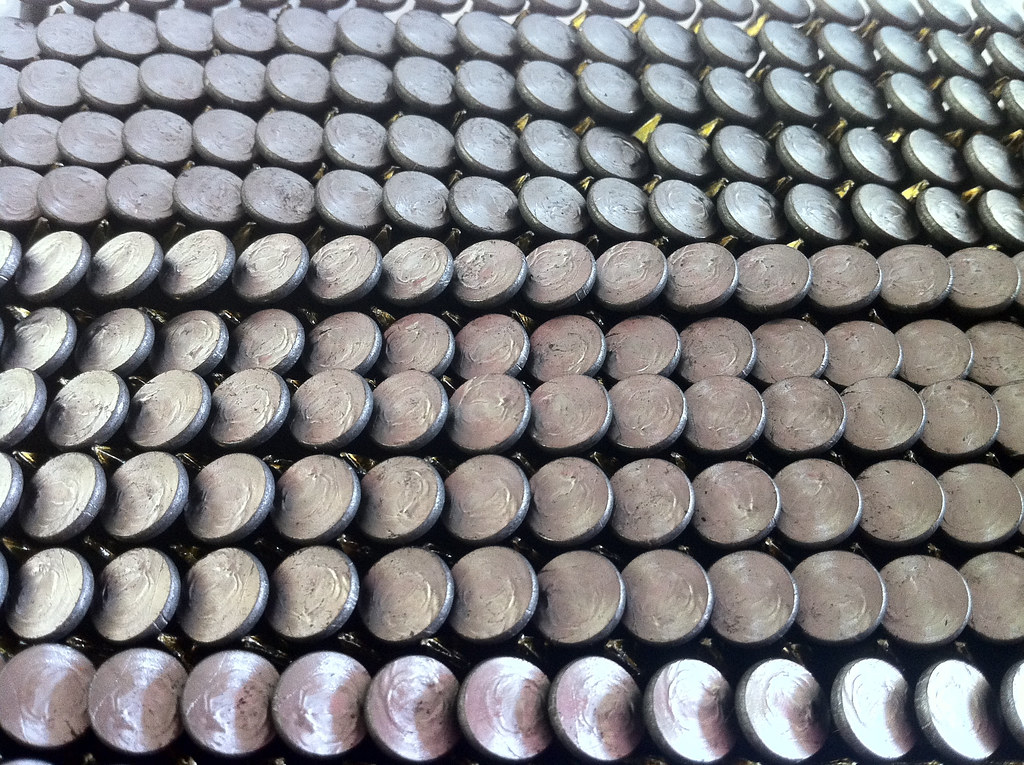In the realm of construction, choosing between nails and screws is an important decision that impacts the project’s cost, durability, and ease of assembly. While both fasteners have their merits, nails are often preferred for framing despite the growing popularity of screws. Below, we'll explore the reasons why using nails can be more advantageous than screws for framing applications.

Nails have stood the test of time in the construction industry, exhibiting several key benefits that make them ideal for framing purposes:

Nails are versatile fasteners suitable for various components of the framing process:
| Application | Recommended Nail Type |
|---|---|
| Anchoring House Sheathing | 16d common nail |
| Securing Studs, Headers, and Joists | 16d common nail |
| Roofing, Siding, and Sheathing | Varies based on material |
Professionals typically recommend using a 16d common nail for most framing tasks. These nails are 3.5 inches long and 0.162 inches in diameter, making them ideal for securing key structural components.
While screws offer superior tensile strength and withdrawal resistance, nails are specifically designed to accommodate the natural expansion and contraction of wood. This flexibility helps prevent the splitting or breaking of wood over time, ensuring the durability of the frame.

Nails can also withstand shear pressure better than screws, which is essential in maintaining the stability of the framework when subjected to lateral forces, like those experienced during heavy winds or seismic activity. For a deeper understanding of how specific nails perform under extreme weather conditions, you can refer to this hurricane mitigation retrofits document.
There is a common belief that screws are superior due to their ease of removal and stronger hold. However, when it comes to framing, the benefits of nails outweigh this convenience factor:
In conclusion, while screws offer benefits in certain scenarios, nails remain the preferred choice for framing due to their speed, cost-effectiveness, excellent shear strength, and capability to accommodate wood's natural movements. For constructing robust, reliable frames, nails provide an unmatched combination of utility and performance. Whether you're working on a small DIY project or involved in extensive construction, understanding the right type of nails for your project is crucial for success.

Immerse yourself in architecture’s most boundary-pushing ideas—where innovative home improvements meet visionary urban developments. Discover new building techniques, materials, and creative concepts that are redefining how we shape our spaces on a global scale.